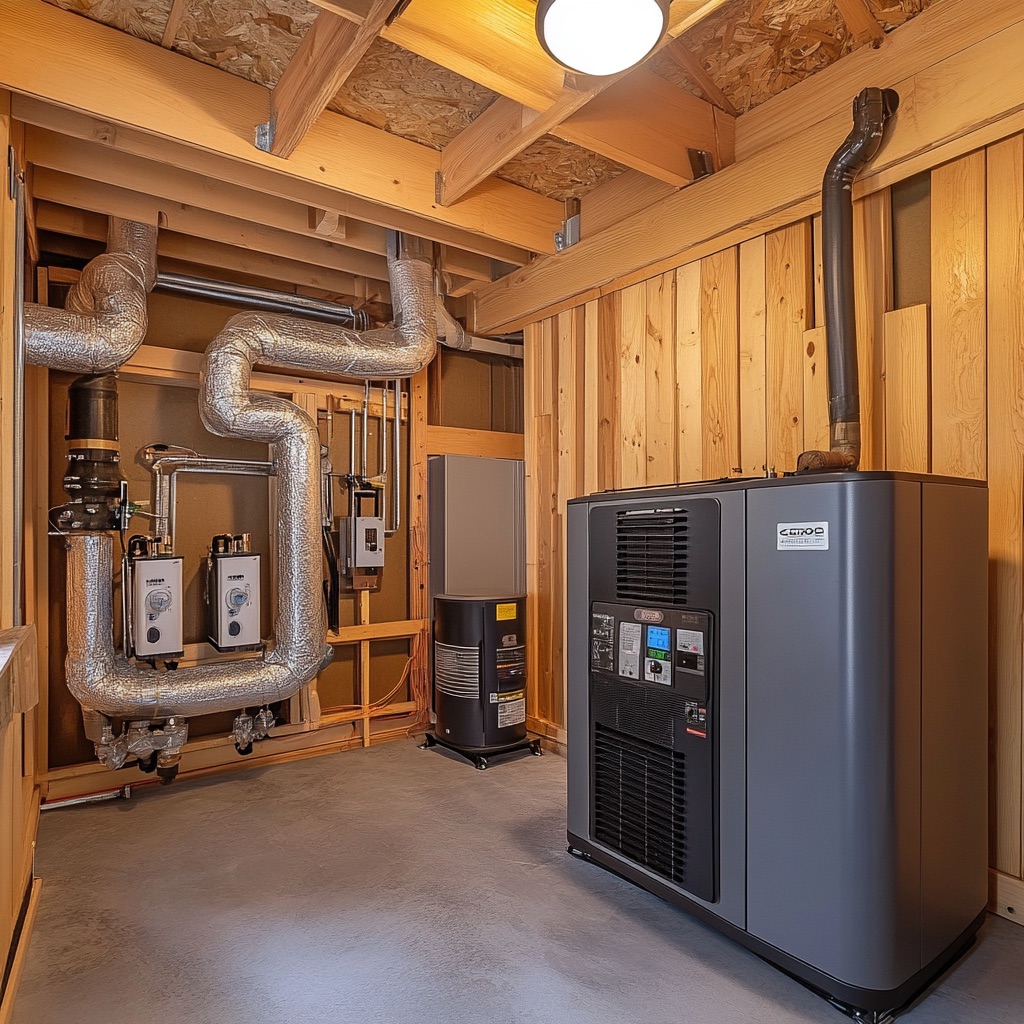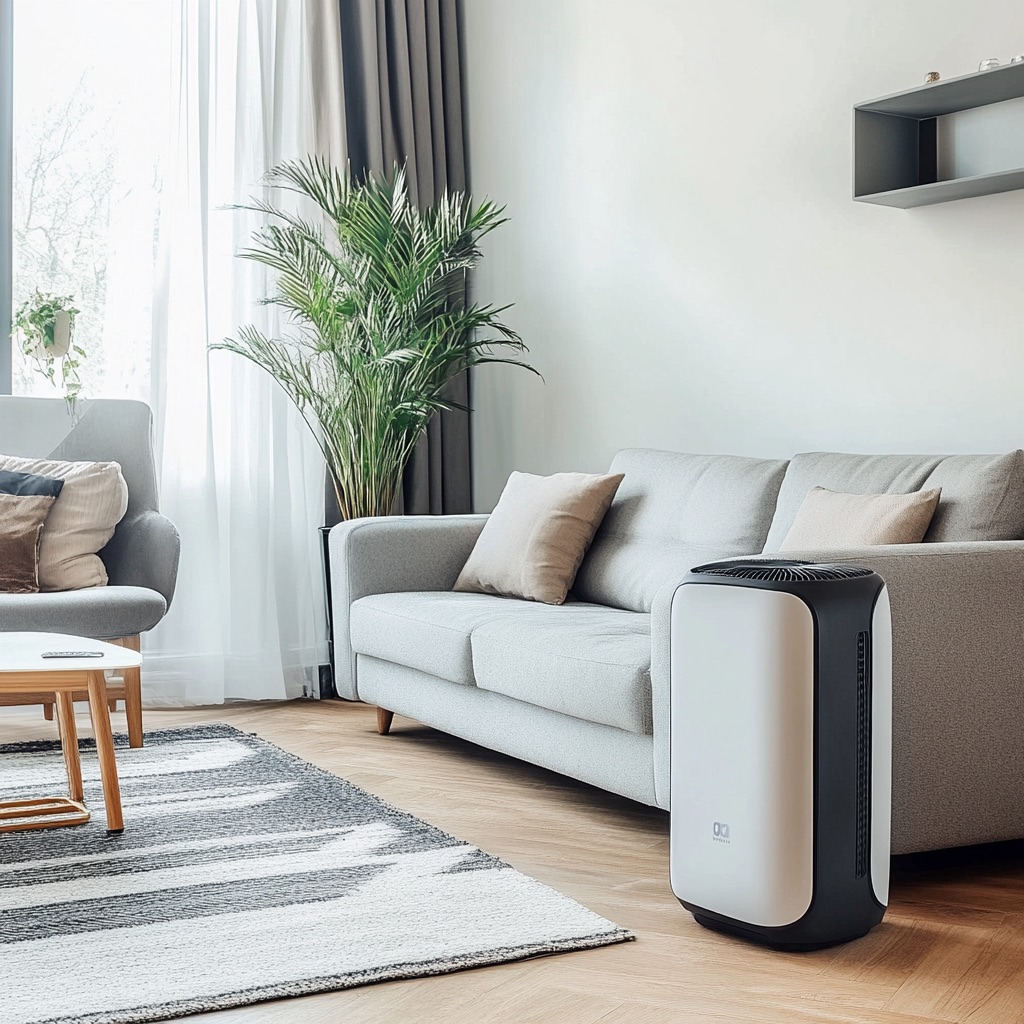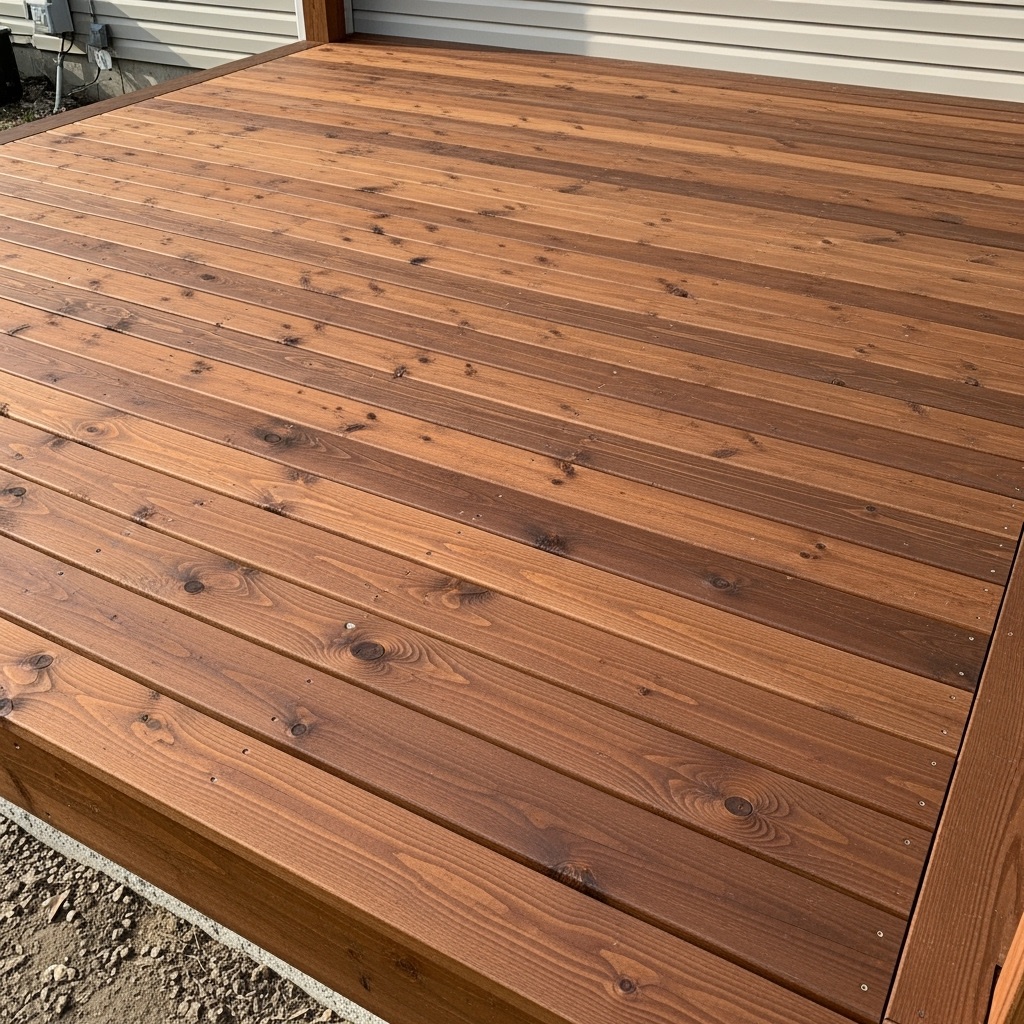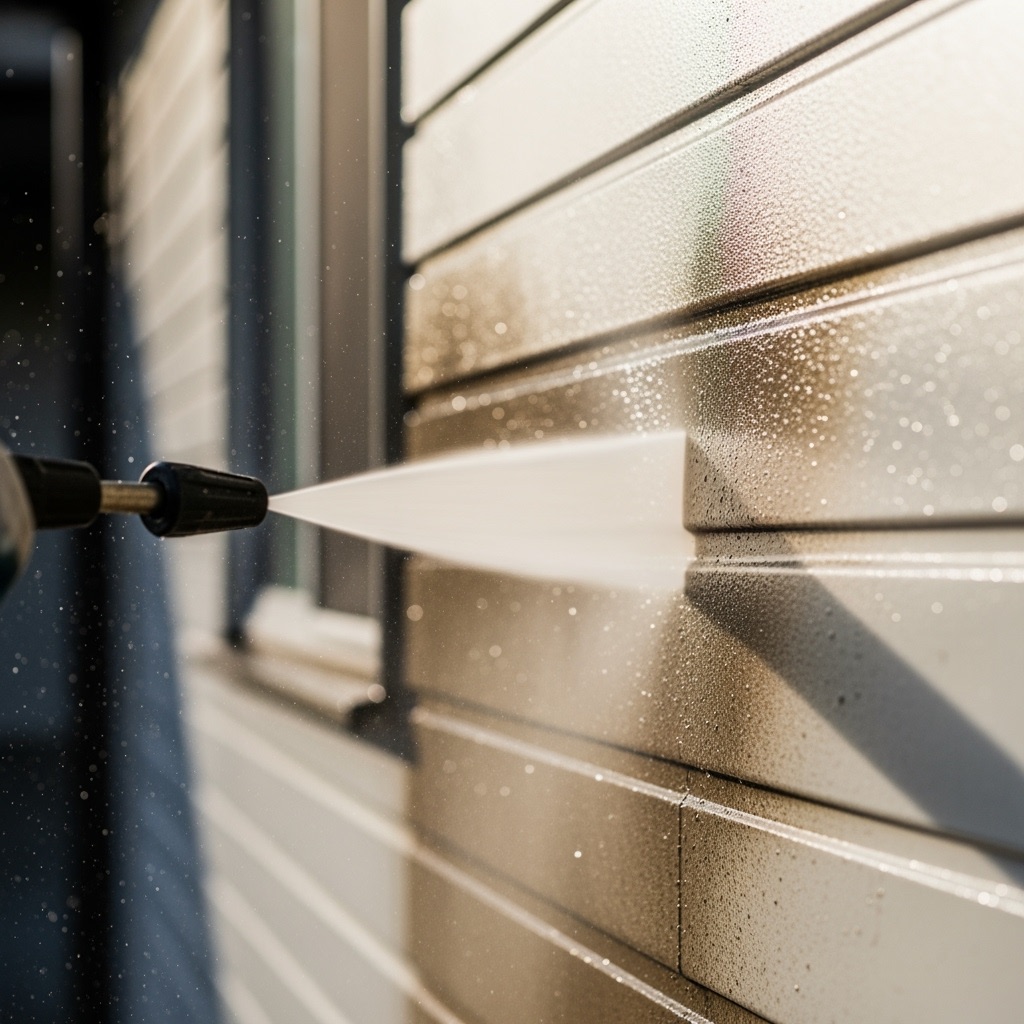Last updated on
Choosing the right heating and cooling system is essential for keeping your home comfortable throughout the year. With so many options available, it can be overwhelming to determine which system suits your needs.
This guide will explore the most common heating and cooling systems, highlighting their benefits to help you make an informed decision. Read on for more information!
What's Inside
Central Air Conditioning and Heating Systems

Central air conditioning and heating systems are a popular choice for homeowners. These systems use ducts to distribute cool or warm air throughout the home. They typically combine an air conditioner with a furnace, making them suitable for homes in regions with both hot summers and cold winters.
Here are some of its advantages:
- Even distribution: Central systems provide consistent cooling or heating across every room in the house.
- Temperature control: A single thermostat can control the entire home, and modern zoning systems allow for independent control of different areas.
However, while installation costs can be generally high, there are still affordable heating and cooling Edmonton installers you can trust and hire, helping you make the best choice for your home without breaking the bank.
Ductless Mini-Split Systems
Ductless mini-split systems are an excellent option for homes without ducts. These systems have an outdoor unit connected to one or more indoor units, which are mounted on walls. Each unit can control the temperature in a specific room or area.
Check out these advantages:
- No ducts required: Ductless systems eliminate the need for ducts, reducing installation costs.
- Energy efficiency: Since you can control each unit independently, ductless systems allow for energy savings by only cooling or heating occupied rooms.
- Simple installation: Installing a ductless system is less invasive compared to central air, making it ideal for older homes.
While ductless mini-splits offer flexibility, they can be expensive upfront and may not suit everyone’s aesthetic preferences due to the wall-mounted units.
Heat Pumps
Heat pumps offer both heating and cooling in a single system. They work by transferring heat from outside to inside during the winter and reversing the process in the summer. This makes them energy-efficient, especially in areas with mild climates.
Here are its advantages:
- Energy efficiency: Heat pumps use less energy than traditional systems since they transfer heat rather than generate it.
- Dual function: Heat pumps eliminate the need for separate systems for heating and cooling.
However, heat pumps can be less effective in colder climates, where supplemental heating might be needed when temperatures drop.
Window Units and Portable Air Conditioners

Window units and portable air conditioners are budget-friendly options for cooling small spaces. These systems are easy to install and can be ideal for apartments or single rooms.
You reap these advantages when you use these systems:
- Low cost: These systems are generally less expensive than central or ductless systems.
- Mobility: Portable air conditioners offer flexibility, as they can be moved from room to room.
The downsides are that these systems are noisy and less efficient, and they only cool the immediate area in which they are installed.
Radiant Heating Systems
Radiant heating warms the home by heating surfaces like floors or walls. Powered by electricity, hot water, or air, radiant systems provide consistent, comfortable heat.
Below are some of its advantages:
- Consistent heat: Radiant heating provides even warmth without drafts or noise.
- Efficiency: Since heat is delivered directly to surfaces, radiant systems can be more energy-efficient than forced-air systems.
However, installing radiant heating is expensive, especially in homes that need major modifications. Additionally, radiant systems only provide heating, so a separate cooling system is required.
Geothermal Systems
Geothermal heating and cooling systems are among the most energy-efficient options. These systems use the stable temperature of the earth to regulate indoor temperatures, making them highly efficient.
Here are two of its advantages:
- Energy savings: Geothermal systems significantly reduce energy consumption by using the earth’s natural temperature.
- Eco-friendly: Since they rely on renewable energy, geothermal systems have minimal environmental impact.
The major downside of geothermal systems is their high upfront installation cost. Additionally, not all homes are suitable for geothermal systems due to land and geological requirements.
Which System is Best for You?
The best heating and cooling system for your home depends on various factors, such as your home’s size, location, and budget. Central systems or heat pumps might be ideal for those living in areas with extreme seasonal changes. If energy efficiency is a priority, ductless mini-splits or geothermal systems are excellent choices.
It’s essential to consider not only the initial cost but also the long-term benefits and operating expenses. Each system has unique advantages, so the right one for you will depend on your specific needs.
The Takeaway
Choosing the right heating and cooling system for your home involves thoughtful evaluation of several key factors, such as energy efficiency, cost, and overall comfort. Whether you opt for a central system, ductless mini-split, or geothermal solution, each system has its pros and cons. By understanding your options, you can choose a system that balances comfort, energy savings, and cost-effectiveness.




